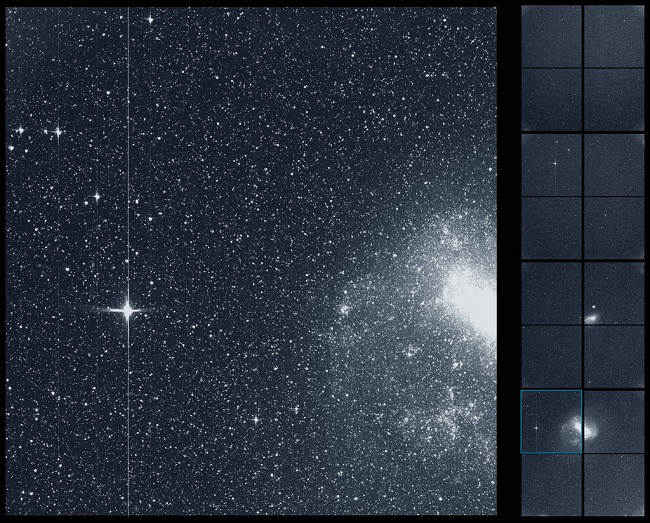“In a sea of stars brimming with new worlds, TESS is casting a wide net and will haul in a bounty of promising planets for further study,” commented Paul Hertz, Director of the astrophysics division at NASA Headquarters in Washington. “This first light science image shows the capabilities of TESS’ cameras, and shows that the mission will realize its incredible potential in our search for another Earth,” he added.
According to NASA, the image was captured by TESS using all four cameras within a 30-minute capturing window on August 7. The black lines you see in the image are gaps between the camera detectors. The images captured parts of twelve constellations, including Capricornus and Pictor, and both the Small and Large Magellanic Clouds, the galaxies closest to ours. The small but bright dot above the Small Magellanic Cloud is a globular cluster, which is essentially a spherical collections of hundreds of thousands of stars, called NGC 104.

TESS’ cameras were designed and built by MIT’s Lincoln Laboratory in Lexington, Massachusetts, and the MIT Kavli Institute to monitor large swaths of the sky and look for transits. According to NASA, transits take place when a planet passes in front of its star. When viewed from a satellite’s perspective, a dip in the star’s brightness is observed.
TESS builds on the legacy of the American space agency’s Kepler spacecraft, which also uses transits to find new exoplanets in space. The exoplanets targeted by TESS are 30 to 300 light-years away and about 30 to 100 times brighter than Kepler’s targets, which are 300 to 3,000 light-years away.